Terms
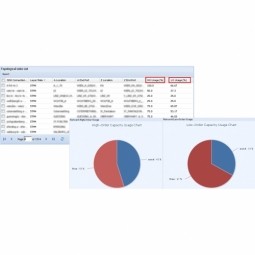 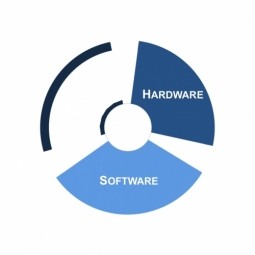 |
Capacity Utilization
Capacity utilization is the extent to which an enterprise or a nation actually uses its installed productive capacity. It is the relationship between output that is actually produced with the installed equipment and the potential output which could be produced with it if capacity was fully used. |
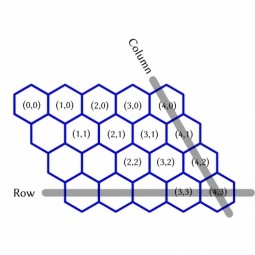 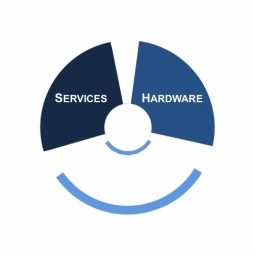 |
Carbon Nanotube
Carbon nanotubes are tubes made of carbon with diameters typically measured in nanometers. Carbon nanotubes often refer to single-wall carbon nanotubes (SWCNTs) with diameters in the range of a nanometer. |
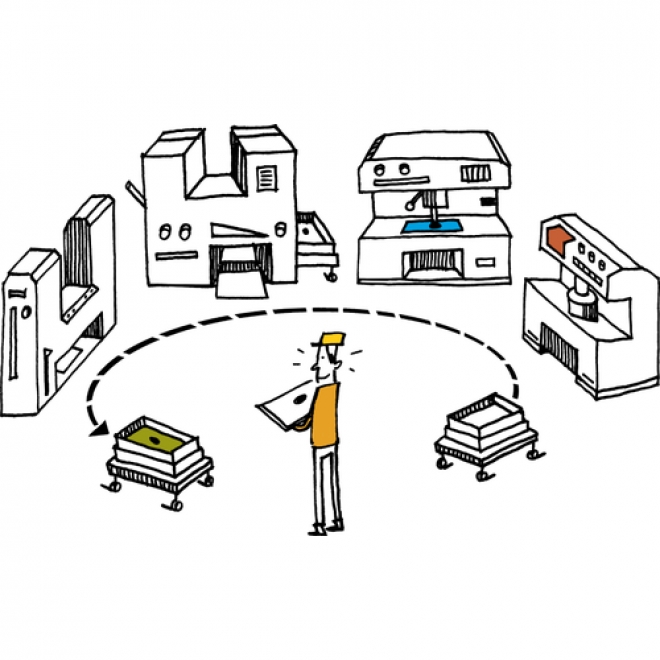 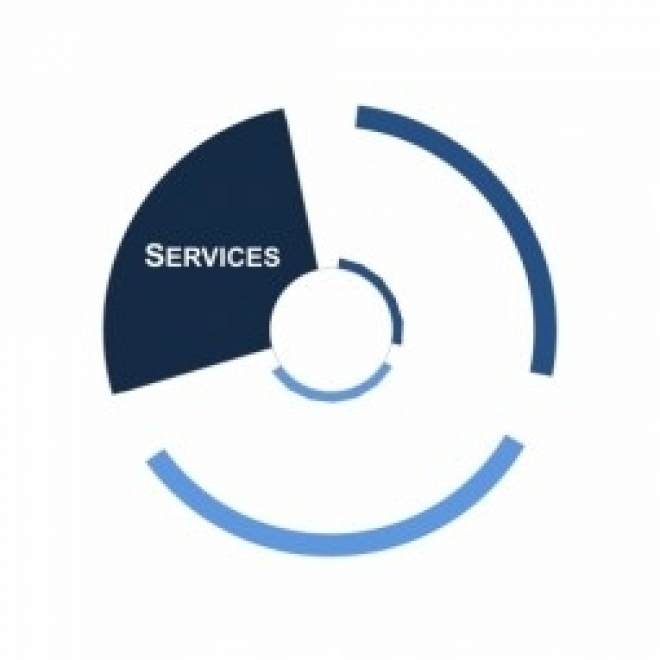 |
Cellular Manufacturing
When dissimilar equipment and workstations to produce a family of similar components or subassemblies are arranged close together to save space and time, and simplify process routing and supervision. Workers are typically cross-trained to perform multiple tasks within a manufacturing cell. |
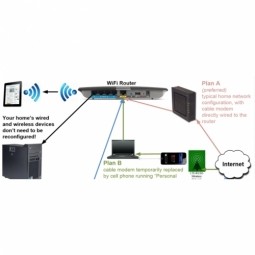 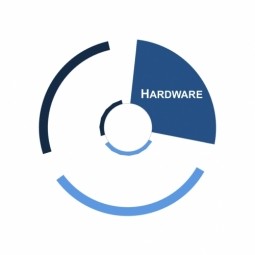 |
Cellular Modem
Cellular Modem allows a device to receive internet access over the mobile-cellular networks. Devices can also be configured to remotely connect to a server or device to enable off-site access and data collection. |
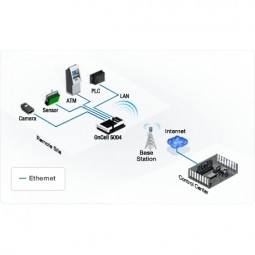 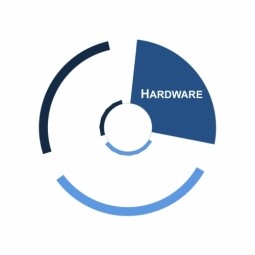 |
Cellular Router
A cellular router is a transportable device that enables users to connect to the internet by means of a cellular gateway. Routers allow for multiple devices to be connected and controlled, and offer extra device and data transfer security to keep your information safe. |
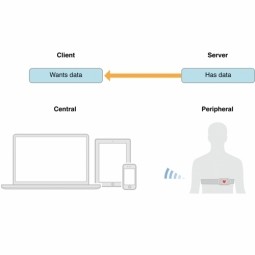 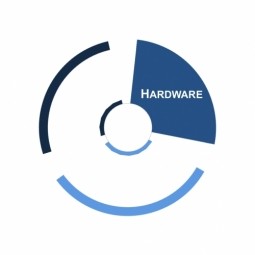 |
Central Device
There is a peripheral (slave) device or a central (master) device when connecting devices over BLE. The central device will typically have more computing resources and available energy - a computer or a tablet, for example. |
|
Chatbot
A chatbot is an artificial intelligence (AI) powered software that can stimulate or conduct a conversation in natural language through dialogue or text. |
|
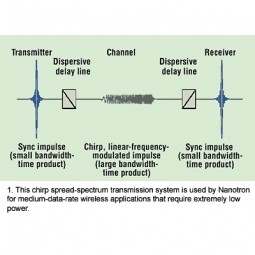 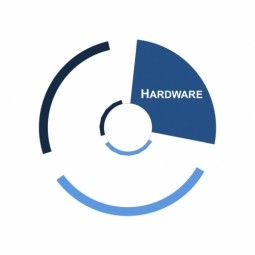 |
Chirp Spread Spectrum
A spread spectrum technique uses wideband linear frequency modulated chirp pulses to encode information. A chirp is a sinusoidal signal whose frequency increases or decreases over time (often with a polynomial expression for the relationship between time and frequency). |
 |
Chroma Key Video
Chroma Key Video is defined as a video shot on a unique, brightly colored background (often called a green screen). It is the technique of layering two images or videos together based on color hues or the color intensity range. |
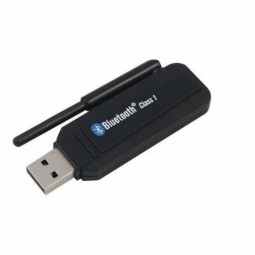 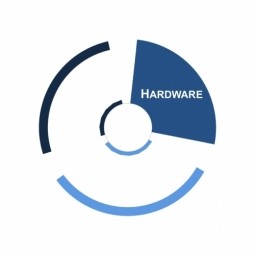 |
Class 1 Bluetooth
Class 1 Bluetooth offers a greater wireless data transfer distance (over 100m, up to 1km) through using greater power consumption (100mW). Primarily for industrial use cases, as it has a very long range. |
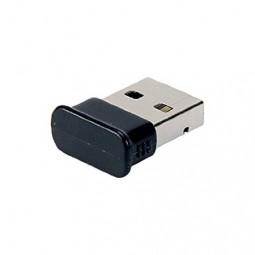 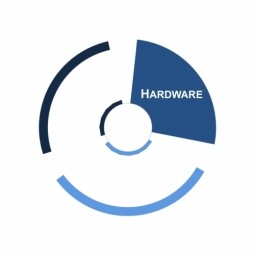 |
Class 2 Bluetooth
Class 2 Bluetooth enables short-range wireless data transmission (10-20m), which has a low power consumption of around 2.5mW. Most commonly found in mobile devices. |
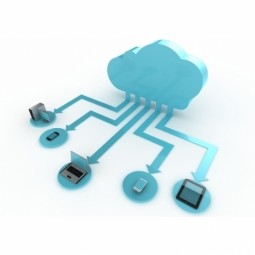 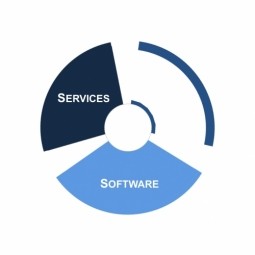 |
Cloud Communications
Cloud communications are Internet-based voice and data communications where telecommunications applications, switching, and storage are hosted by a third-party outside of the organization using them, and they are accessed over the public Internet. |
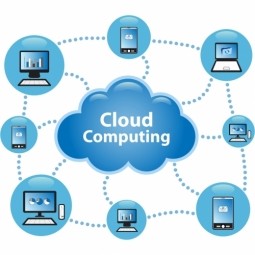 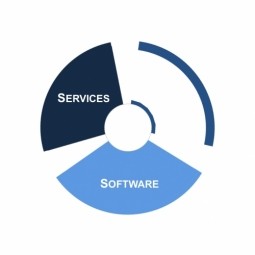 |
Cloud Computing
Cloud computing is the on-demand availability of computer system resources, especially data storage and computing power, without direct active management by the user. The term is generally used to describe data centers available to many users over the Internet. |
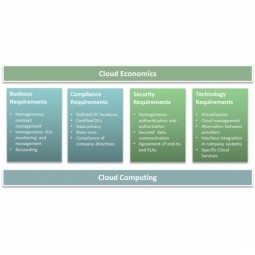 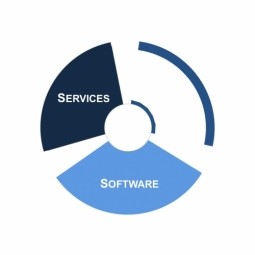 |
Cloud Economics
Cloud economics is a branch of knowledge concerned with the principles, costs, and benefits of cloud computing. As CIOs are challenged to deliver IT services with the greatest value for the business, they must determine precisely how cloud services will affect an IT budget and staffing needs. |
|
Cloud Native
Cloud native stands for an approach to building applications and services specifically for a cloud environment by exploring the advantages of the cloud computing delivery model. |
|
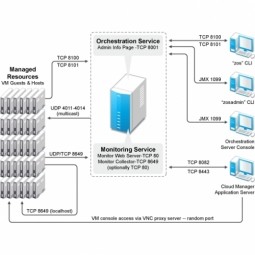 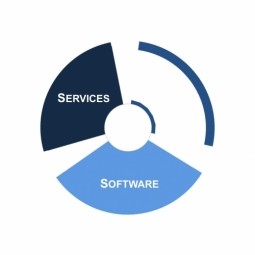 |
Cloud Orchestration
Cloud orchestration is the use of programming techniques to manage the interconnections and interactions among workloads on public and private cloud infrastructure. |
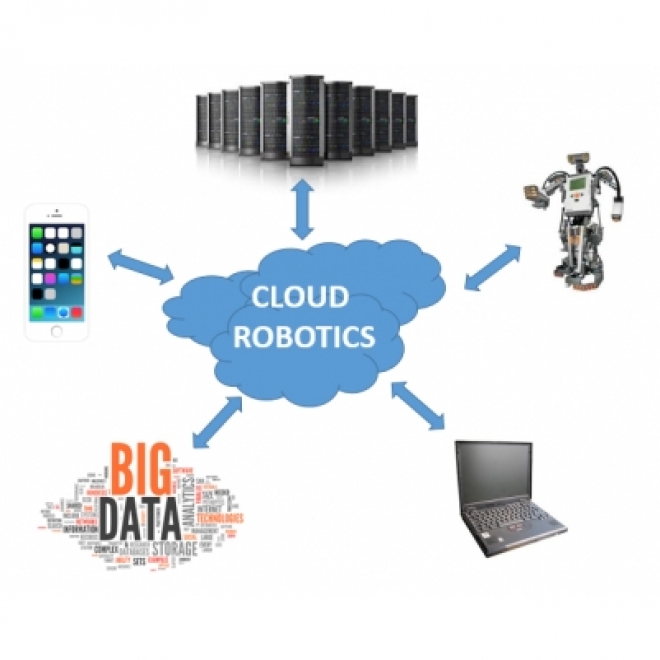 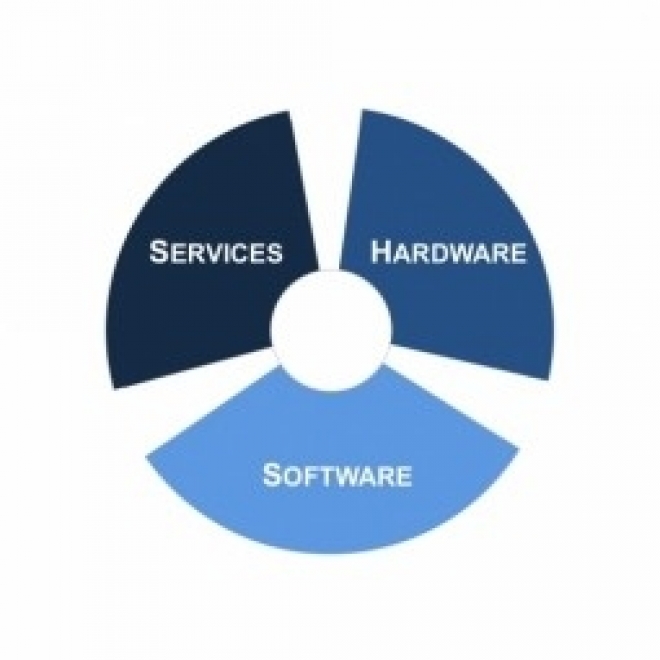 |
Cloud Robotics
Cloud robotic is a field of robotics that attempts to invoke cloud technologies such as cloud computing, cloud storage, and other Internet technologies centered on the benefits of converged infrastructure and shared services for robotics. |
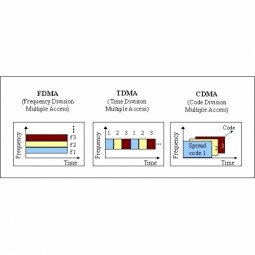 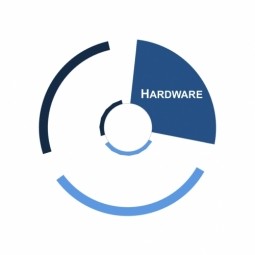 |
Code Division Multiple Access
Code-division multiple access (CDMA) is a channel access method used by various radio communication technologies. A form of multiplexing, which allows numerous signals to occupy a single channel to optimize bandwidth. |
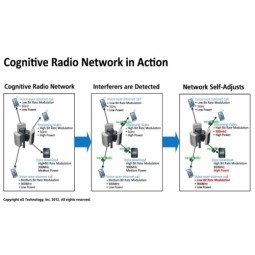 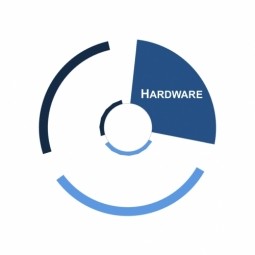 |
Cognitive Radio
Cognitive Radio (CR) is a form of wireless communication in which a transceiver can intelligently detect which communication channels are in use and which are not, and instantly move into vacant channels while avoiding occupied ones. |
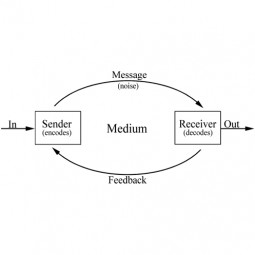 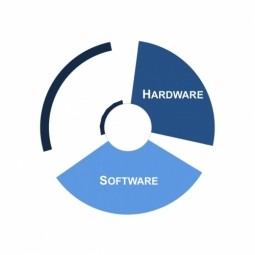 |
Communication Model
Communication models are systematic representations of the process, which helps in understanding how communication works can be done. Communication models try to capture, explain, simplify, and then model communication. |
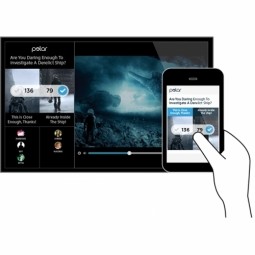 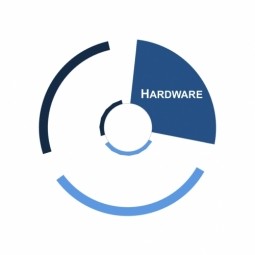 |
Companion Device
In wearables, a companion device requires a parent device, such as a smartphone, to fully operate. The opposite would be a standalone device that can do everything on its own. |
|
|
Complementary Metal-Oxide-Semiconductor
Complementary Metal-Oxide-Semiconductor (CMOS) is the semiconductor technology used in the transistors that are manufactured into most of today's computer microchips. CMOS transistors use almost no power when not needed. |
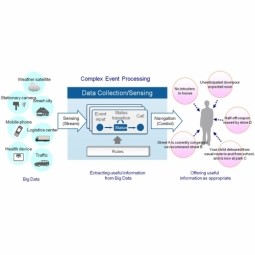 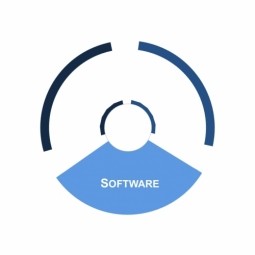 |
Complex Event Processing
The discovery or detection of complex events by combining and correlating data. Event processing that combines data from multiple sources to infer events or patterns that suggest more complicated circumstances. |
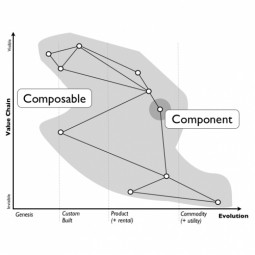 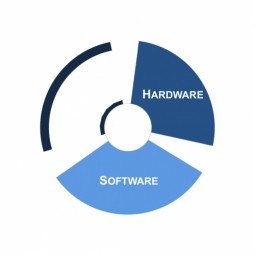 |
Composability
Composability is a capability of a component to interact with any other component in recombinant fashion to satisfy requirements based on the expectation of the behaviors of the interacting parties. |
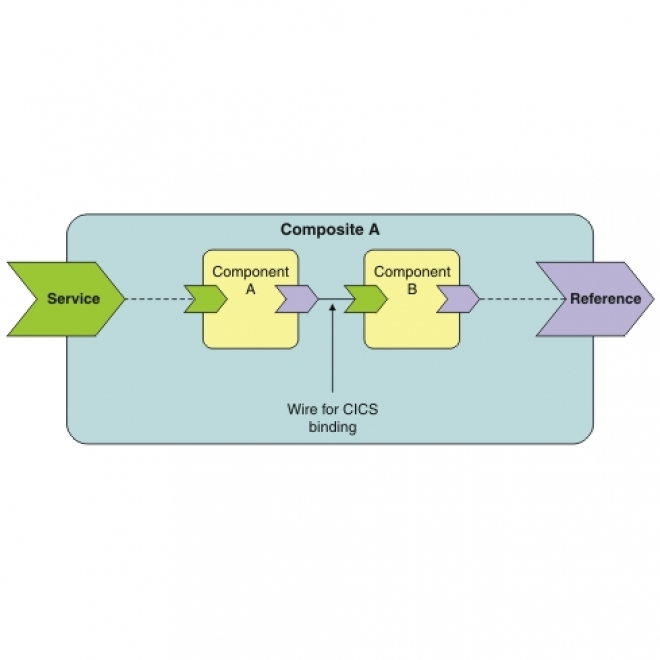 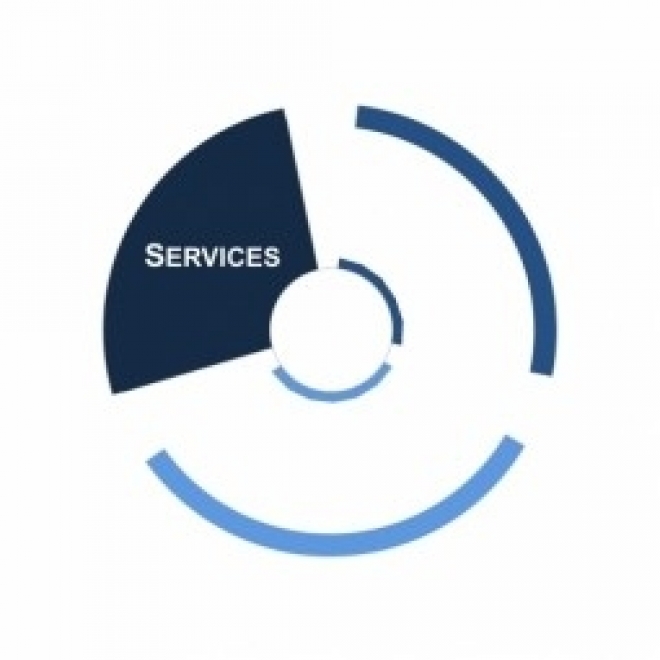 |
Composites
Materials comprised of two or more components with significantly different physical or chemical properties, that when combined, produce a material that behaves differently from the individual components. The individual components remain separate and distinct within the finished structure. |
 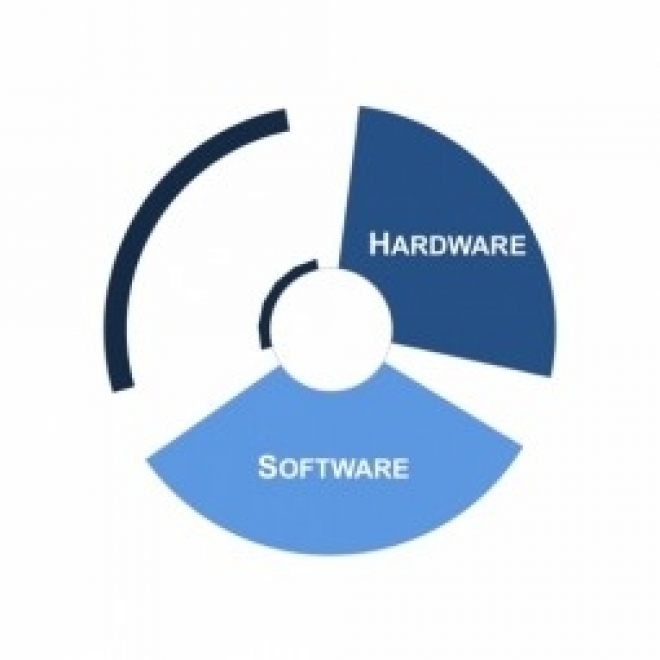 |
Computer-Aided Design
Computer-Aided Design (CAD) is the use of a wide range of computer-based tools that assist engineers and other design professionals in their design activities. It is the main geometry authoring tool within the PLM process and involves both software and sometimes special-purpose hardware. |
|
Computer-Aided Engineering
Computer-Aided Engineering (CAE) is the use of computer software mainly for simulation analysis, verification, and improvement of design. A typical CAE process encompasses preprocessing, solving, and postprocessing steps. |
|
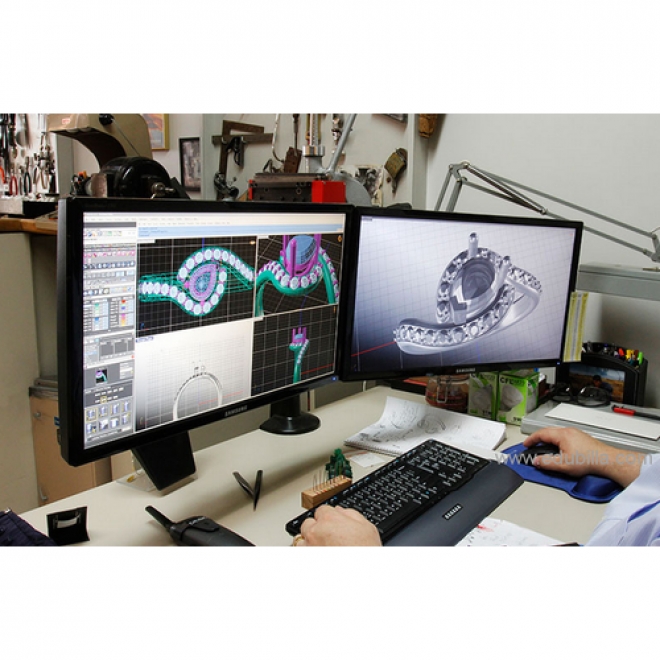 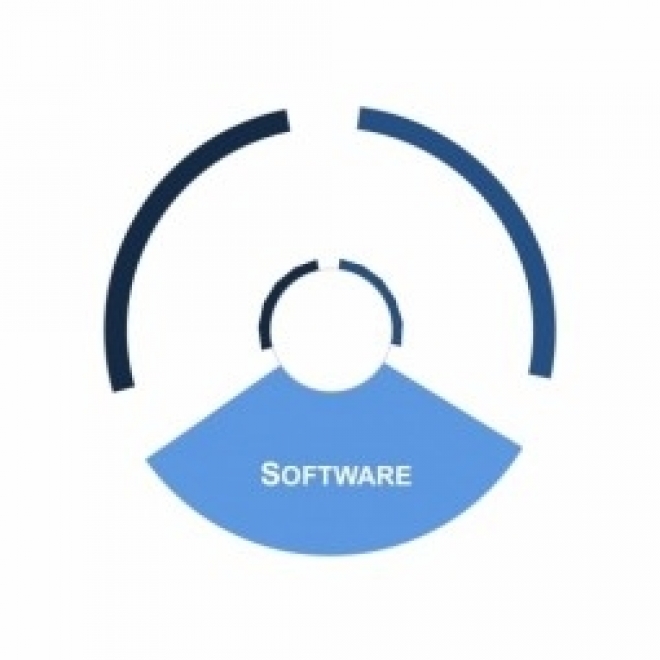 |
Computer-Aided Manufacturing
Computer-Aided Manufacturing (CAM) refers to the use of computer systems to plan, manage, and control the operations of a manufacturing plant through either direct or indirect computer interface with the plant's production resources. |
|
Computer-Aided Translation
Computer-Aided Translation (CAT) refers to the language translation process that includes software or hardware to support and facilitate the translation by using AI search and comparison technology. |
|
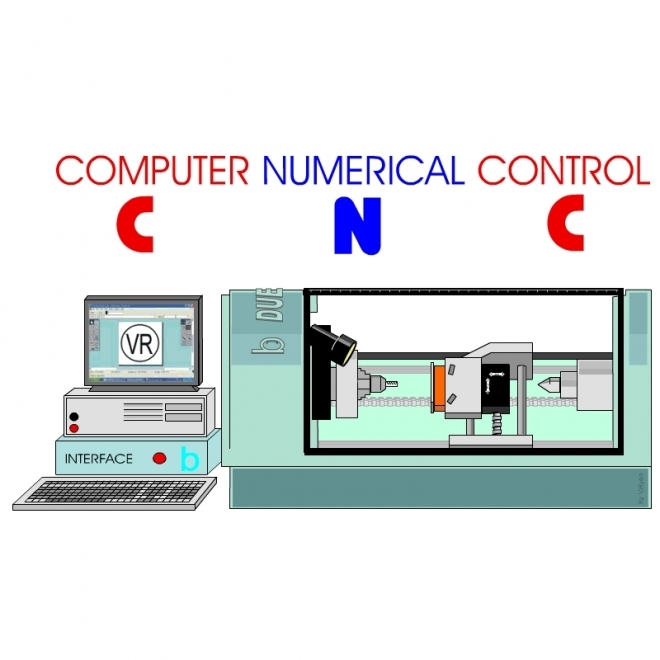 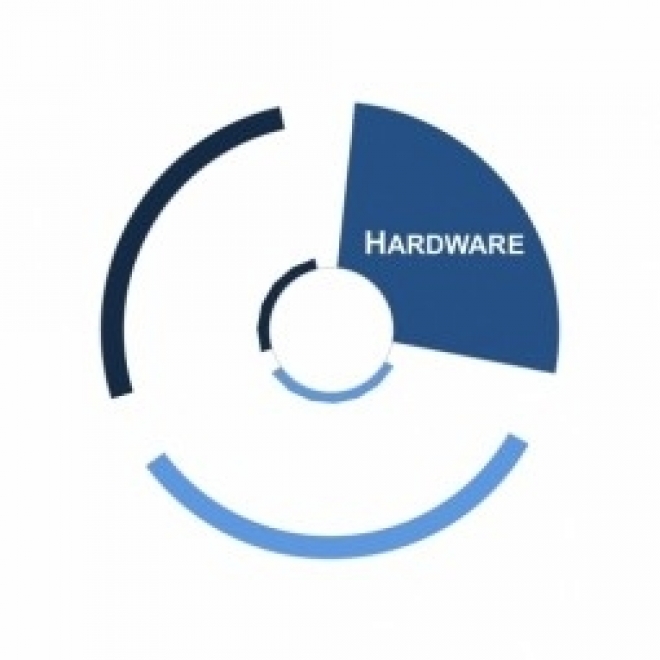 |
Computer Numerical Control
Computer Numerical Control ( CNC) refers to the digital control of a physical machine that consists of a series of integrated actuators, power electronics, sensors, and a dedicated computer running under a real-time operating system. |
